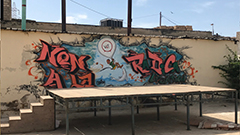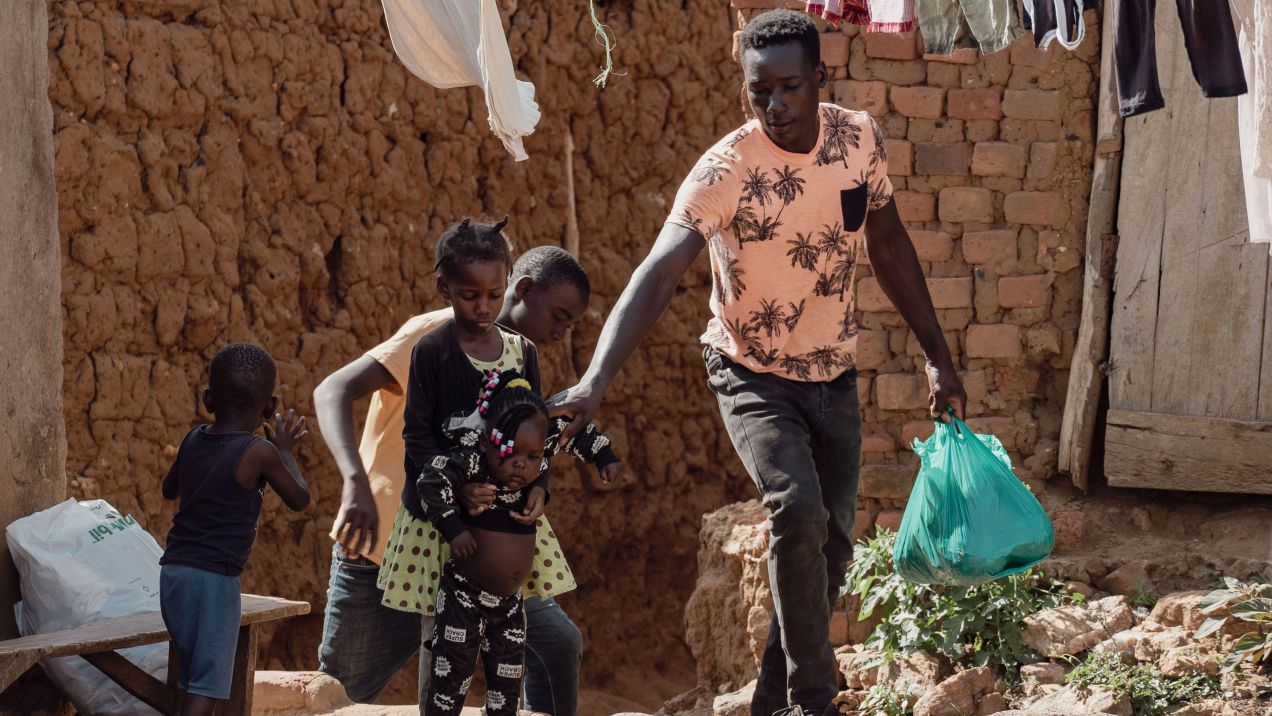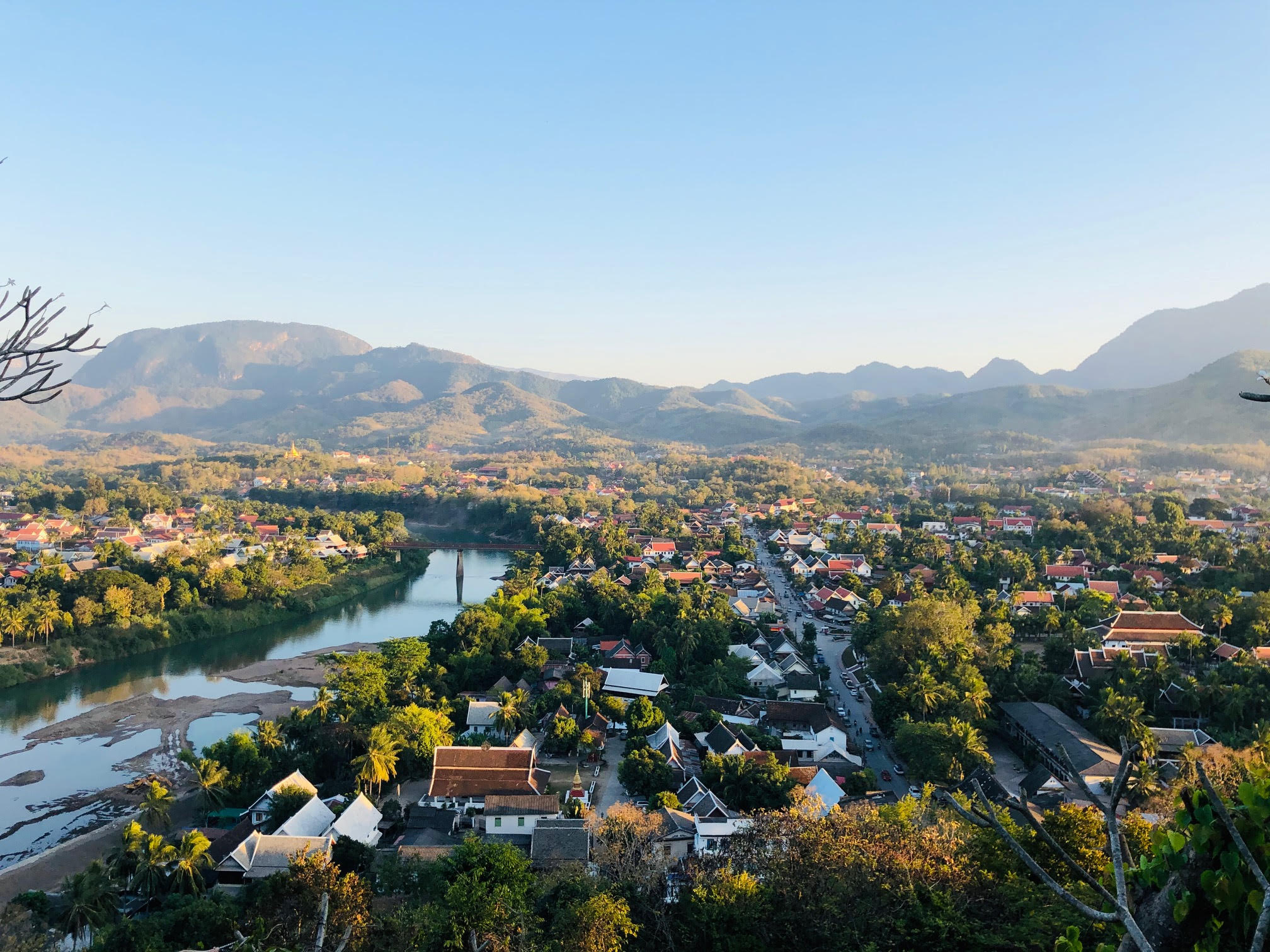By Honey Mehta and Andrea Haefner, Cities Alliance
[12 August 2018] -- The theme for this year’s International Youth Day calls for safe spaces for youth. Youth need safe spaces where they can come together, engage in activities related to their diverse needs and interests, participate in decision-making processes, and freely express themselves.
The theme resonates with efforts the Cities Alliance has made in recent years to integrate gender and youth in its work programme. In 2012, we called for proposals on the theme “Youth and the City: Challenges of and Visions for Demographic Change.” From the call and the learning event that followed, we extracted lessons and developed recommendations for engaging youth in development. [Full report]
More than 3 billion people in the world are under the age of 30, with almost 90 per cent of them living in developing contexts. This International Youth Day, we would like to emphasise the importance of including youth in policy-making processes through active involvement, consultative processes, or both.
This can only happen if local authorities create spaces for youth dialogue that strengthen the relationship between community members and local authorities, resulting in the implementation of better public policies.
Here are five examples of how our projects create various kinds of inclusive, safe spaces for youth to express themselves and engage in the planning process of their communities:
1. The basketball court as a safe space for different ethnic groups to interact
The Cities Alliance supported the International Organization for Migration (IOM) and its local partner, the NGO Leading Youth, Sport & Development (LYSD), to establish basketball training for youth in three schools and two neighbourhood clubs in Côte d’Ivoire and Togo. Through the project, 25 basketball coaches trained and mentored some 400 young boys and girls. The basketball court brought together different ethnicities to play sports together and learn from one another. It was a safe public place for interaction among students who would otherwise not interact, thus fostering social cohesion in marginalised neighbourhoods.
Using sports to foster migrant integration and social cohesion proved to be successful. The programme, which began with the Catalytic Fund, has transformed into an annual activity running from October to June each year. LYSD is continuing its work across Côte d’Ivoire and Togo, organising basketball sessions for some 3,000 participants and providing scholarships to bright young minds. Read more
2. A radio station for youth to express themselves
Since 2015, our Catalytic Fund has supported the youth-led participatory mapping component of the Collaborative Media Advocacy Platform (CMAP)’s Human City Project, which is a community-driven media, architecture, urban planning and human rights movement in Port Harcourt, Nigeria. As part of the project, a radio channel was created that empowers youth to make their voices heard through media training and projects.
The Shed is a music-making and community-gathering space built by young residents in one of Port Harcourt’s waterfront slums. Here, international musicians, producers and academics get together with local artists and writers through production and performance sessions. They share skills and experience, make new music, and encourage debate on locally significant issues from forced evictions to sexual violence. Read more
3. Learning studios for youth to plan the future development of their communities
In Kenya, Namibia, Uganda, and Zambia – where much of the urban population lives in informal settlements – a lack of accurate data makes planning for slum prevention and upgrading a challenging task. Cities Alliance supported a project by Slum Dwellers International (SDI) to build innovative partnerships between slum dwellers, local planning schools, and the municipality in four secondary cities. These partnerships helped improve the living conditions in informal settlements in the municipalities.
The main vehicle for developing these partnerships was ’learning studios’ for students, who worked together with communities to collect data and identify urban development priorities. Results from the different communities were compiled in city workshops together with municipalities so that the community engagement can move from data gathering to planning interventions.
The next generation of urban planners received hands-on experience in promoting inclusive cities. Authorities are now showing greater understanding and appreciation for participatory urban planning.
4. Public spaces for youth to perform and revitalise their city
From 2014–16, the Catalytic Fund supported the Peruvian NGO Rasa Joven to promote the social and economic integration of urban youth at risk in the most marginalised neighbourhoods of Trujillo, Peru. The project offered dance classes three times a week, accompanied by training on work skills and sustainable urban development. The priority was to raise awareness for environmental protection and provide the youth with the opportunities to enhance their artistic skills for future employment.
The project regularly organised city days and recreational activities in collaboration with the municipality that offered youth a platform to showcase their dance progress and employ what they had learned in the training. These performances in public spaces helped youth receive recognition for their newly developed skills and make their communities more vibrant. In addition, the project’s dialogue sessions on water and waste management have engaged more than 80 per cent of the city’s population.
Watch here: https://youtu.be/b7dOXXtuw-Y
5. Community upgrading initiatives to have youth rebuild the spaces of their communities
Over a period of three to five years, Cities Alliance supported the local NGO ENDA ECOPOP in a project to improve the social development of Dalifort-Foirail, Senegal by strengthening community organisation, promoting youth employment and inclusion, and improving the urban environment. The project built the capacities of both local communities and authorities. More than 200 workers received training in income-generating activities, and community workers were schooled in safety, public hygiene and project management.
Jointly, the community and municipality engaged in community upgrading initiatives such as renovating its community hall, planting trees, and paving roads that had a very positive impact on the neighbourhood – all led and implemented by youth. The project has helped the youth of Dalifort-Foirail engage in city planning for the first time, and the municipalities are listening to their voices.
Watch here: https://youtu.be/DAIajuJ-UOs

A performance stage at the renovated Case Foyer, a centre for training and events for the youth and women of Dalifort-Foirail. Photo: Cities Alliance
This International Youth Day, Cities Alliance would like to emphasise the importance of including youth in policy-making processes through active involvement, consultative processes, or both.
Related Items:




